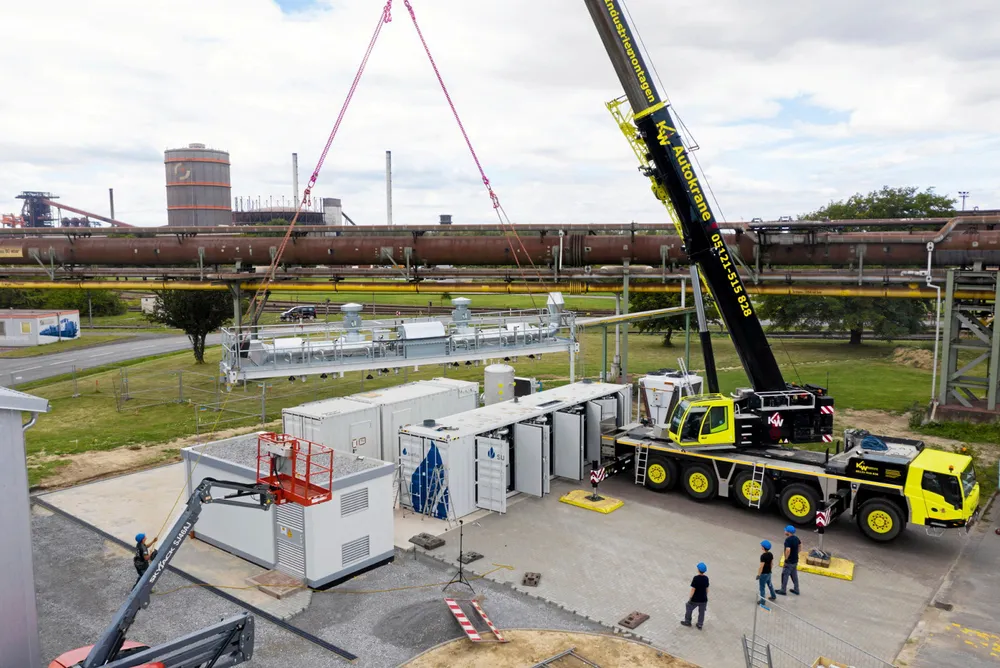‘Giga-year milestone’ | European green hydrogen capacity to break 1GW barrier for the first time in 2023
Investment will reach a ‘critical mass’ this year pushing installed capacity up to 22GW by 2027, research house LCP Delta says

Investment will reach a ‘critical mass’ this year pushing installed capacity up to 22GW by 2027, research house LCP Delta says
